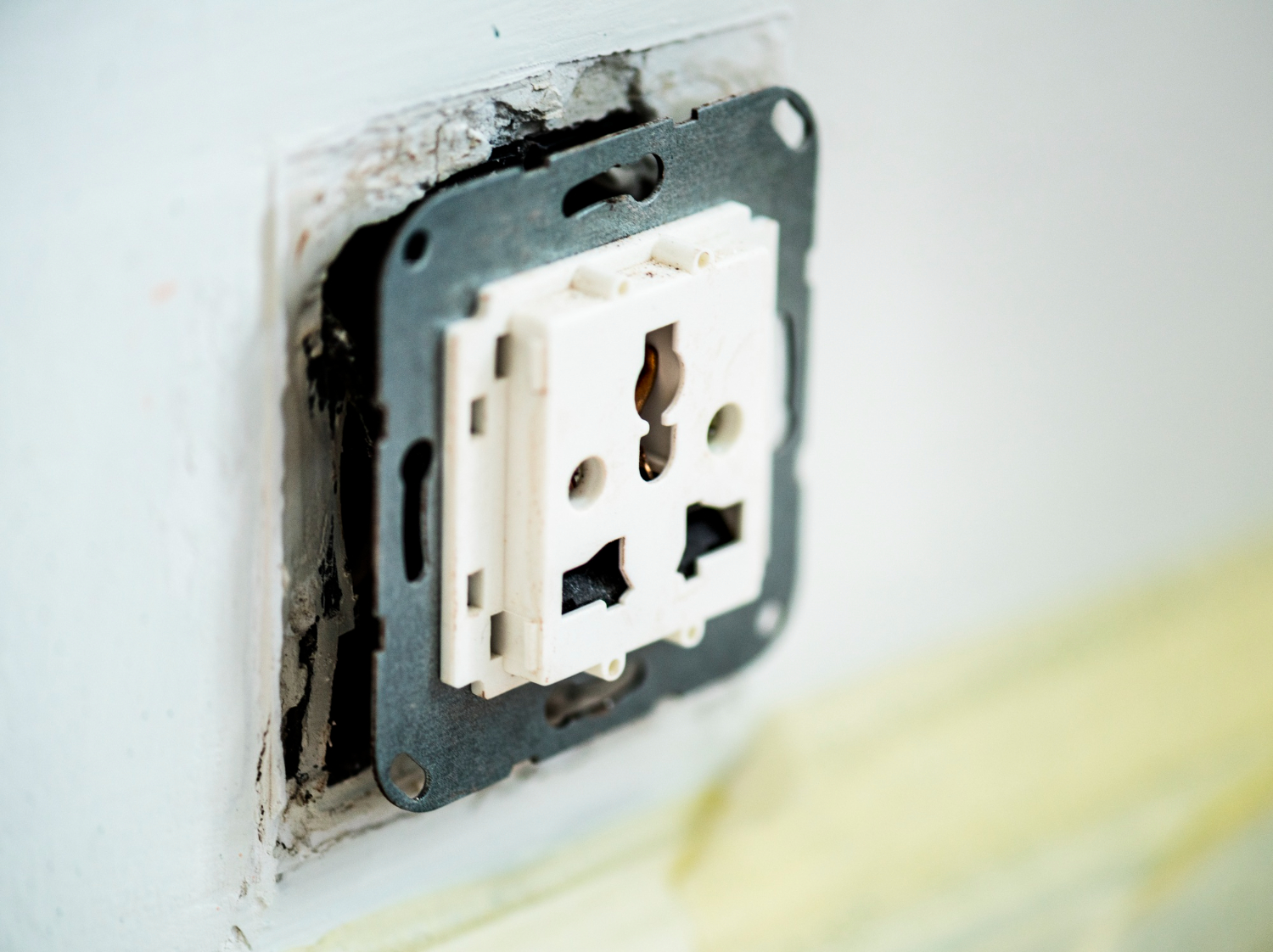The purpose of a circuit breaker is to identify a fault state and instantly stop the electrical flow by disrupting continuity. It is intended to guard against short circuit or overload damage to an electrical circuit.
How does a circuit breaker work?
Circuit breakers are made up of fixed and moving pairs of metallic contacts inside, along with an active coil. These contacts are touching each other in a closed circuit, which permits the flow of electricity. When an electrical circuit overloads, energy is stored in the operational coil, which is connected to the mechanism of the moving contacts. A plunger connected to this mechanism allows the energy to be released, which also causes the contact mechanism to separate. The circuit inside the circuit breaker opens as the movement of these moving contacts breaks the current flow.
What is a fuse?
An electrical fuse is a wire with a low melting point, usually copper, that ruptures under high loads or overvoltages owing to the heat, preventing a short circuit or failure of the device.
How does a fuse work?
A fuse warms up to the point of melting if more power passes through it than it was intended to. This causes the circuit to become open, stopping the flow of power and shielding the more expensive parts from harm.
Fundamental Difference Between A Circuit Breaker And A Fuse
The fundamental distinction between circuit breakers and fuses is that circuit breakers may be reused repeatedly, but fuses cannot. Fuse protection is limited to overloading, whereas circuit breakers protect both residences and equipment against overloading and short-circuiting.
Advantages and Disadvantages of a Circuit Breaker and a Fuse
Fuses are a more affordable option. They respond more quickly than a circuit breaker and are said to be more failsafe because they have fewer moving parts. Either the metal melts or it doesn’t. On the other side, if the internal mechanisms turn out to be flawed, circuit breakers could potentially fail. Appliances and electronics could perhaps be harmed since they react more slowly than a fuse. The amperage of the circuit must be carefully considered when replacing a fuse.
Fuse boxes give homeowners a greater incentive to address the underlying cause of an overcurrent occurrence, mostly because changing melted fuses on a regular basis may get expensive and annoying.
Circuit breakers only require a simple switch re-flip before you can resume your day. Circuit breakers, however, cost more to install and repair since they are more intricate pieces of machinery. Although you won’t have to buy and install a fuse every time you need to reset the circuit breaker, the savings can build up over time.
Visit ESD to Find Out More About Circuit Breakers And Fuses
One of the top service providers in the Northwest is ESD LLC. We are one of the most trusted sources of circuit breakers and fuses with more than 10 years of experience. Give us a call, and one of our circuit breaker experts can assist you.



